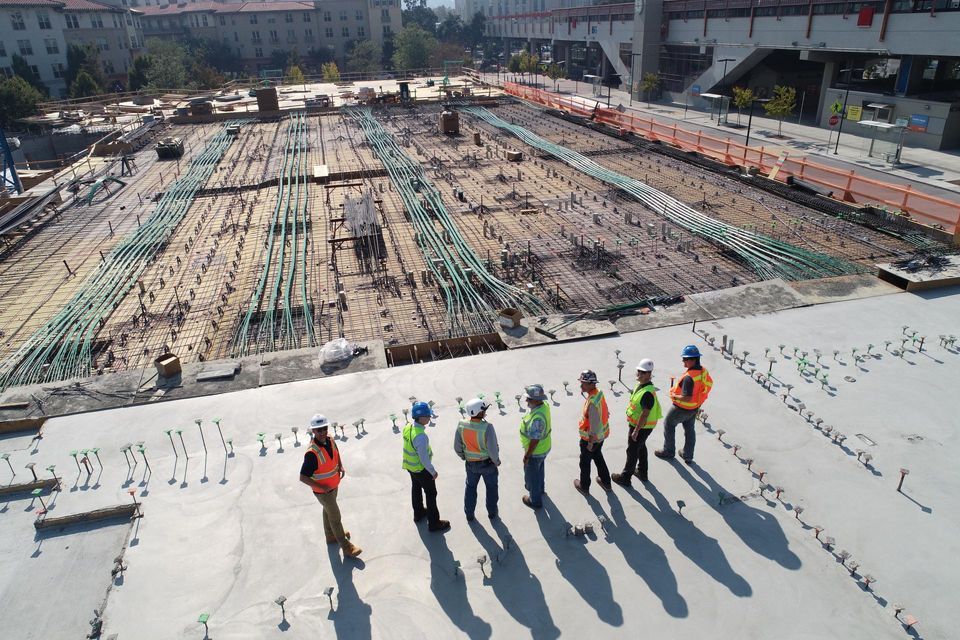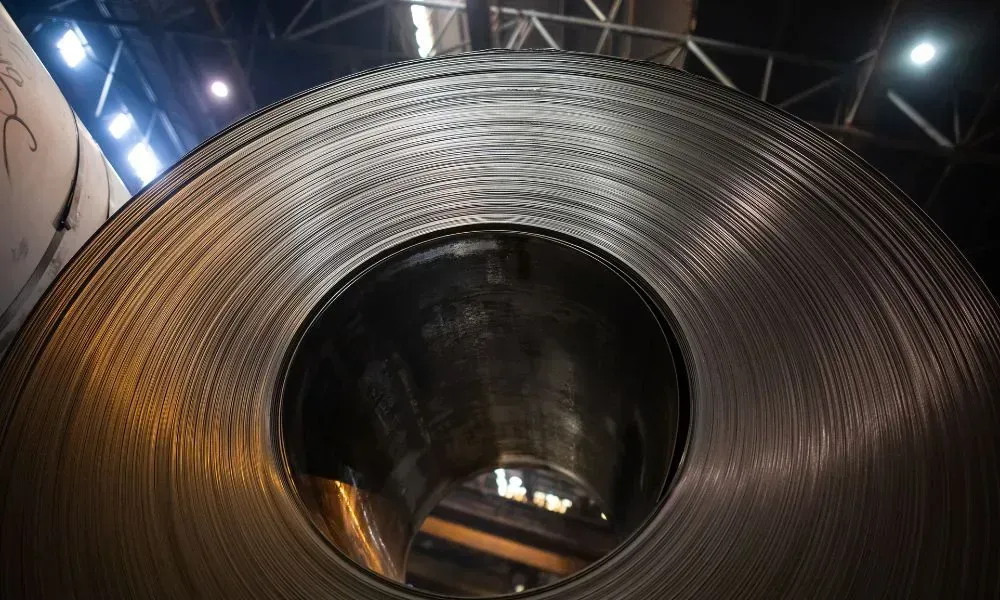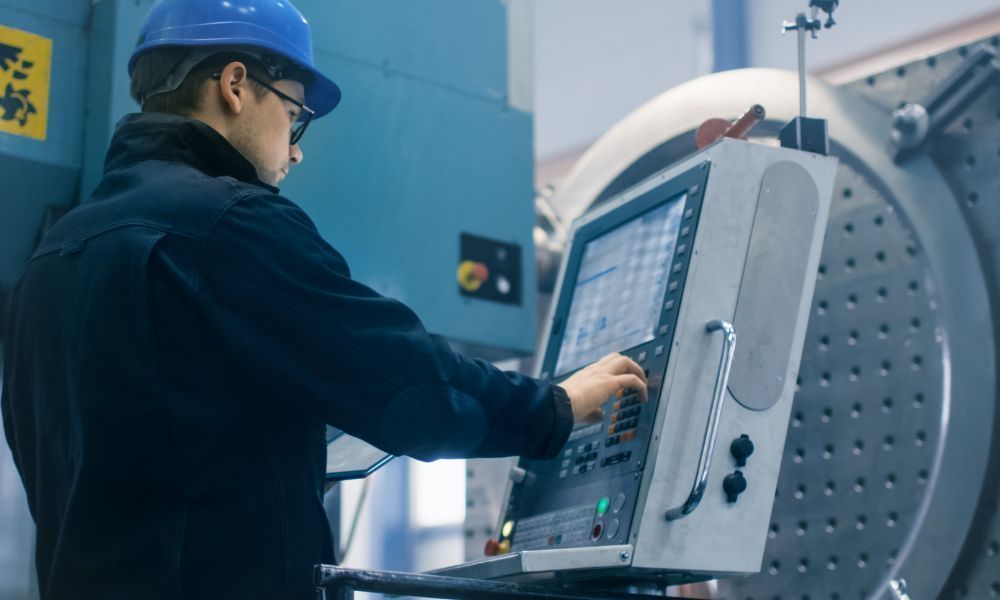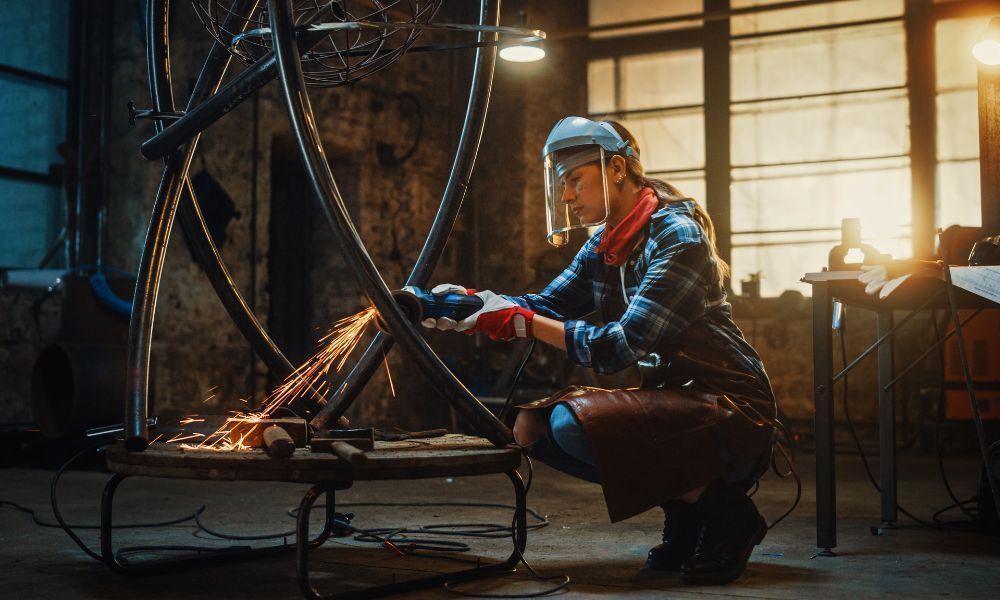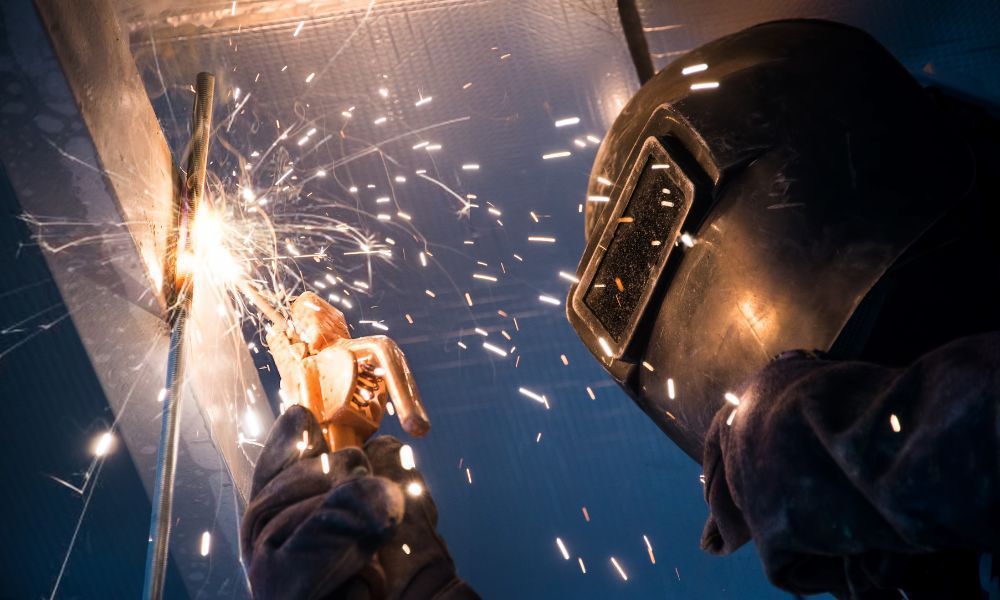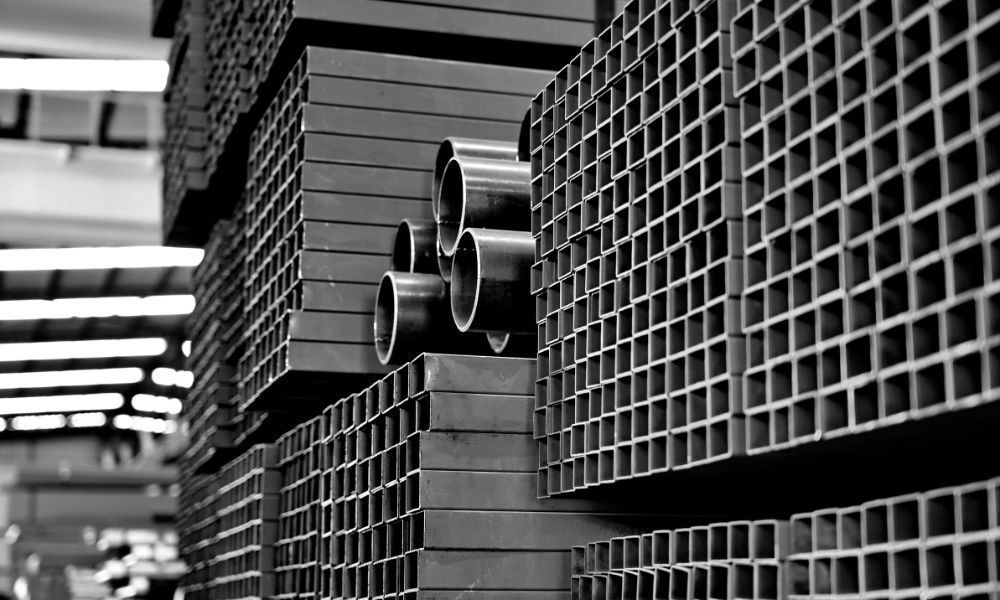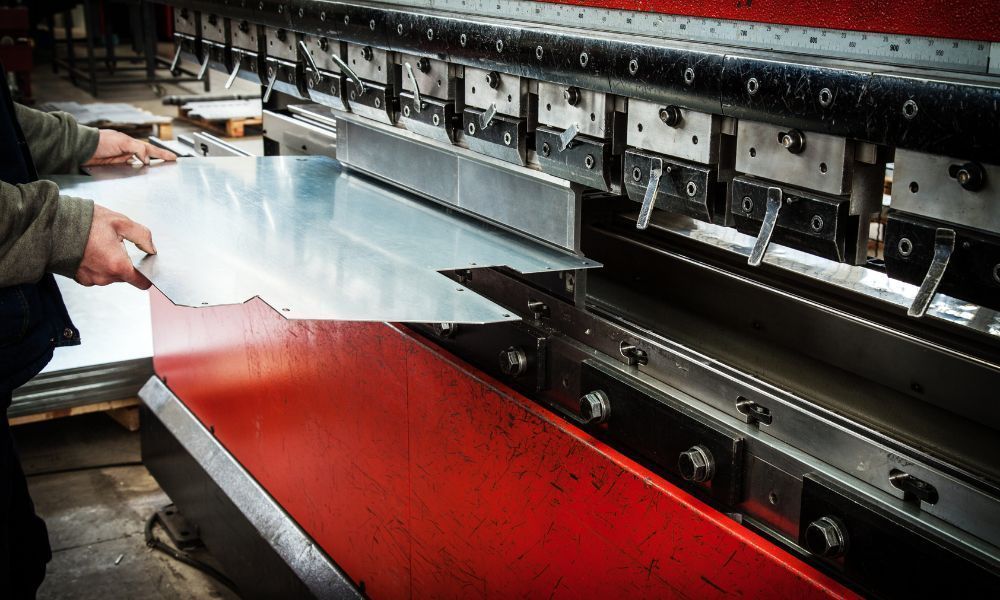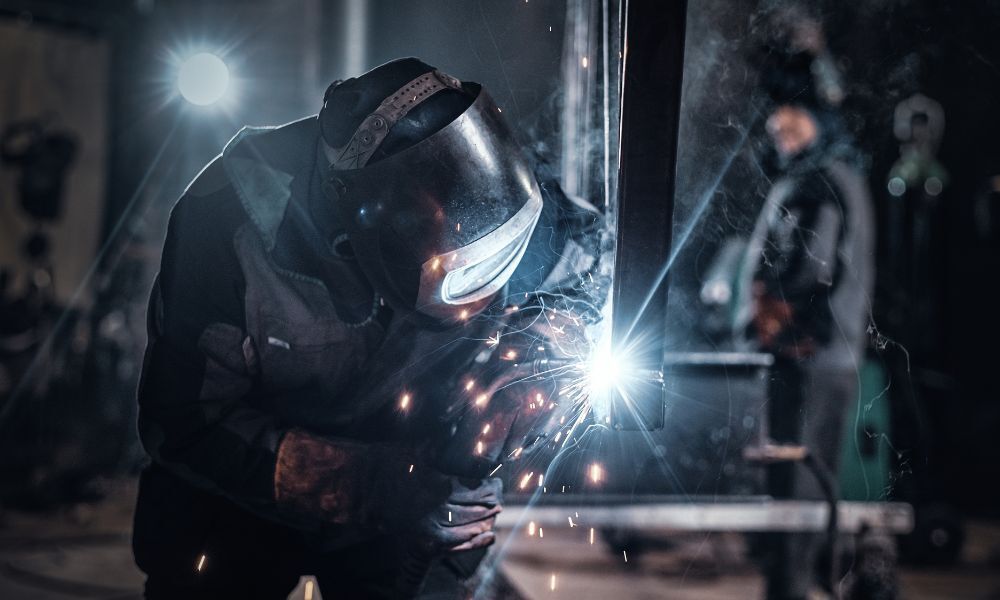AGING INFRASTRUCTURE CREATES ROOFING DEMAND; EXPECTED TO RISE THROUGH 2024

The ticking time bomb of infrastructure in America is showing itself, quite literally. Old steel is rusting through, roofs are failing more easily in storms and heavy weather and siding is crumbling. This has sparked a surge in demand for jobs and in turn a demand for steel and aluminum. Although this may seem like a tragic issue in material pricing, the pairing has actually created a very stable cost structure for the construction industry looking forward and this is just the beginning. Even though material prices are high the demand and aggressive competition for available work has created an internal race to land projects. Let's not forget where we were a year ago due to COVID-19. There were no projects, businesses weren't expanding, layoffs were rampant and the list goes on. Naturally it was assumed there would be a bounce back due to a recovering economy but take that now visible bounce back and add to it the absolute necessity for replacing this laden infrastructure. The compounding effect that we are beginning to see has created a steep trend leaving analysts describing what could be the highest growth spike EVER in the construction industry as a whole.
We've weathered the storm of the pandemic and now businesses everywhere are crawling out to fix what needs to be fixed. According to a study done by the Freedonia Group, U.S. Roofing demand is expected to rise up to 253 Million Squares come 2024. The reason rides parallels with the need to replace old failing roofs and the growing interest commercial builders are taking in new technologies in roofing materials that now help companies save on their utility bills. In addition many buildings have been neglected over the last year and a half because of business closures due to the pandemic. What we are seeing now is the return of businesses and the need for commercial real estate in the market. With this surge it is expected that roofing and building projects will be highly prevalent with some analysts even reporting a 27% rise year over year.
The amount of available projects are increasing but there is not enough material to complete these projects. Parts as simple as fasteners are in short supply. The current bottleneck holding back the process is the production of materials and it's supply chain. Companies that laid off their metal workers during the pandemic are now scrambling to hire back labor in order to keep up with demand and ramp up production. The key to this will be the ability for businesses to scale quickly without taking on more than they can handle. As lockdowns end, and building capacity legislation decreases, more workers can fill production lines. This will create a more efficient production system which will create more product for the industry. Until these companies are able to provide sufficient quantities of products, the market will be uneven and prices will be high. To mitigate this, companies should pre-purchase their materials to get them through the summer and fall so they can lock in prices. Lastly as foreign competition has been kept out due to Trump Administration tariffs, North American steel production will continue to scale. Prices will even out as a result of saturating the market with high end material producers which will serve to boost availability. According to analysts companies are beginning to report pre-pandemic levels of backlogged projects which illustrates the turnaround has in effect already happened.
